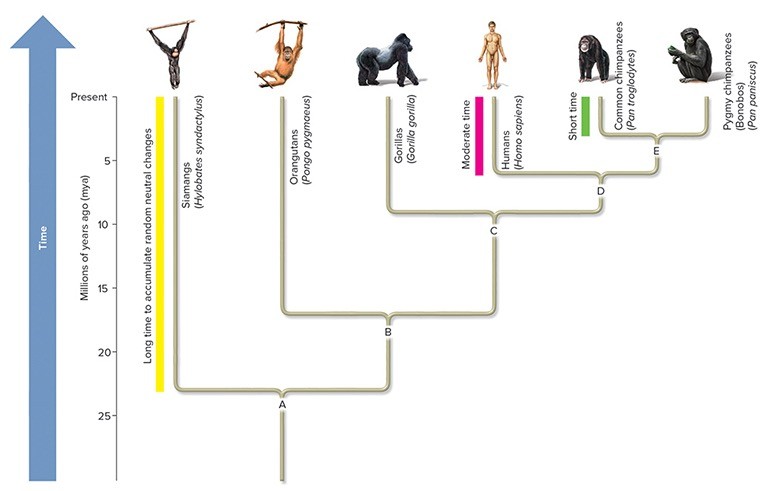Will is a graduate student working in a microbiology lab. He is given the task of characterizing a newly discovered nitrogen fixing bacterium. What type of tests or observations will help him determine whether it is a member of the Cyanobacteria, alphaproteobacteria, or gammaproteobacteria?
What will be an ideal response?
If the bacteria are coccus or disc-shaped, and carry out photosynthesis, it is likely a member of the cyanobacteria. Bacteria that are free-living nitrogen fixers are probably gammaproteobacteria. If the bacteria were found on or in the roots of plants they are probably alphaproteobacteria. Determining the sequence of the bacterium's ribosomal RNAs and comparing them to known sequences can be used to verify the assignment.
You might also like to view...
When DNA replication begins, _____
a. the two DNA strands unwind from each other b. the two DNA strands condense for base transfers c. two DNA molecules bond d. old strands move to find new strands
Which of the following sources of energy
powers the light-independent reactions of photosynthesis?
a. light b. ATP and NADPH c. photosystem 2 d. glucose e. NADP+
The ____ are the most diverse animal group.
A. vertebrates B. insects C. humans D. protozoans E. mollusks
Which pair of species would be expected to have fewer genetic differences: orangutans and gorillas or gorillas and humans? Why? 
A. Gorillas and orangutans because their common ancestor (B) is more ancient than that of humans and gorillas (C). B. Gorillas and humans because their common ancestor (C) is more recent than that of orangutans and gorillas (B). C. Gorillas and orangutans because their common ancestor (C) is more ancient than that of humans and gorillas (D). D. Gorillas and humans because their common ancestor (D) is more recent than that of orangutans and gorillas (C).